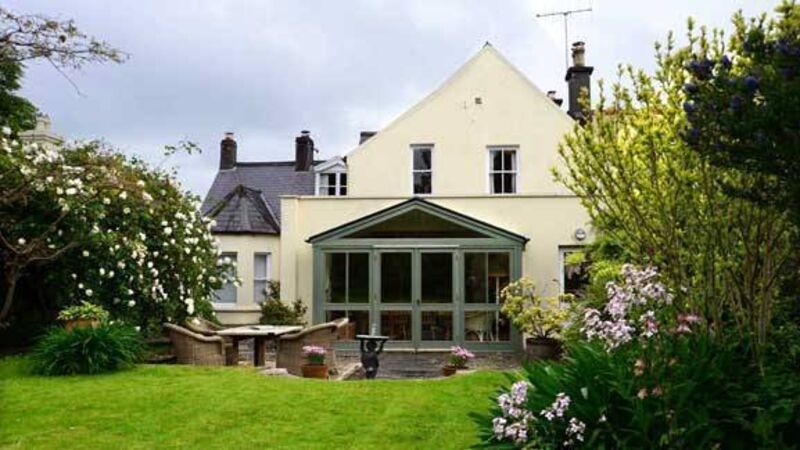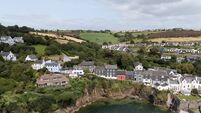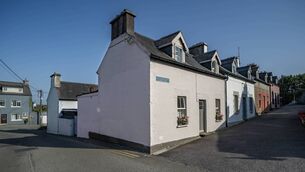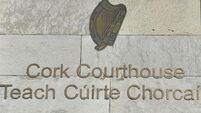Cover story: Tenby Cottage is a very special place

THERE’S huge individuality to the 19th century houses built along Castle Road, between Blackrock village and the iconic confection that is its castle. Blackrock Castle’s current structure was built back in 1829, and the houses lining the Ringmahon way to and past it both pre-and post-date the castle’s latest incarnation.
The whole of Castle Road has had a resurgence of civic and public appreciation in the past decade; Cork City Council rightfully bought back Blackrock Castle, now home to a popular observatory, and an even more popular cafe, and the narrow road and pavement skirting the River Lee is being worn smooth by leisure walkers, and envious house oglers.













